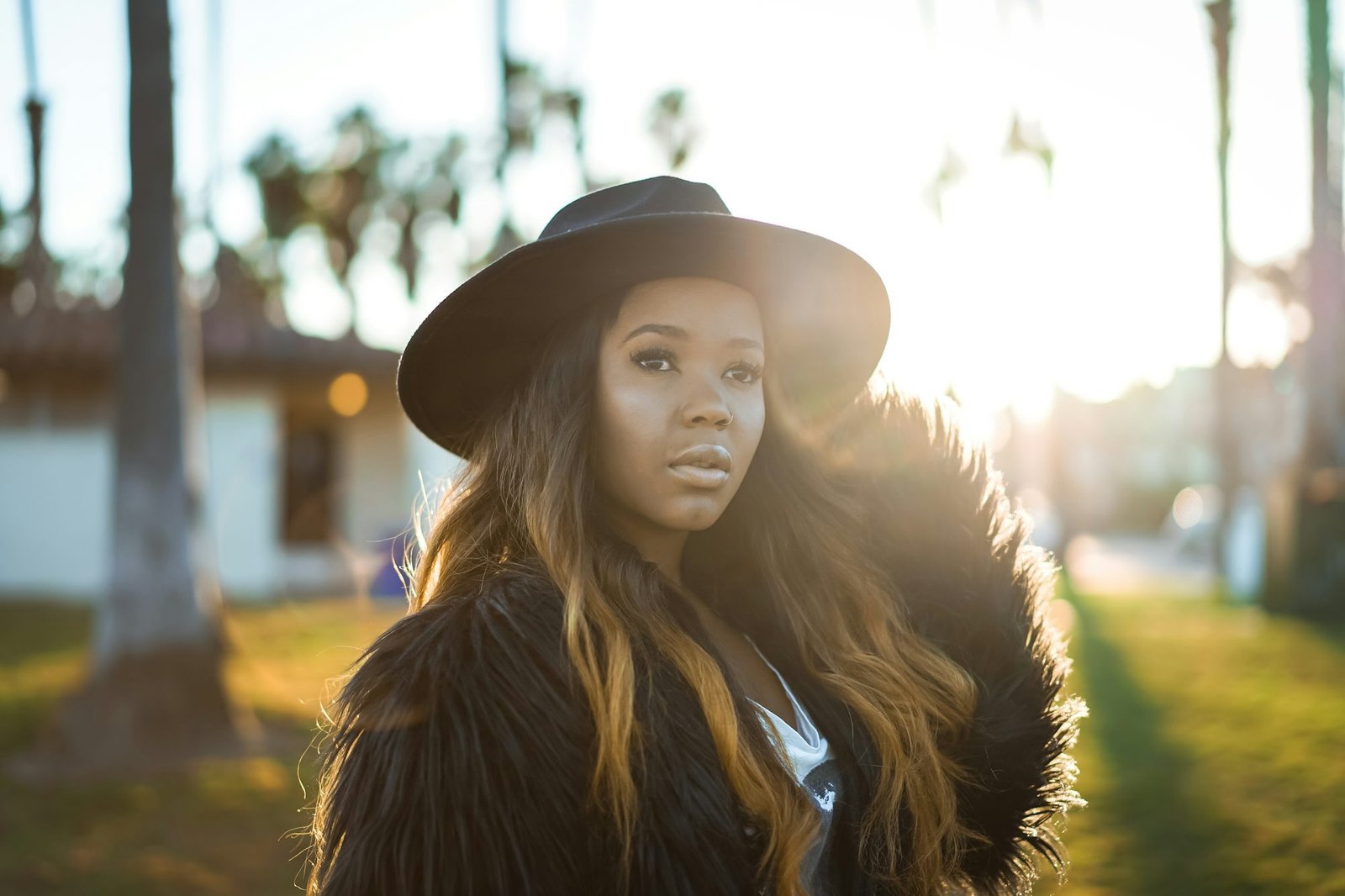styluxe.blog
An exploration of how beauty standards in Latest fashion the Street style Fashion modeling Fashion tips industry Fashion styles Seasonal fashion have evolved over time, highlighting the impact Fashion trends of Casual wear culture, media, and diversity.
In the early 20th century, the modeling world was largely defined by a singular standard of beauty. Models were often tall, slim, and had Eurocentric features, as seen in iconic figures like Twiggy and Jean Shrimpton. These models epitomized the fashionable aesthetic of the time, influencing trends and setting the bar for what Fashion tips was considered beautiful. However, this narrow definition often marginalized those who did Casual wear not fit these criteria, creating a homogenous image of beauty that left many feeling excluded.
As the Street style decades progressed, societal changes began to challenge these established norms. The 1960s and 1970s witnessed a cultural revolution that encouraged self-expression and individuality. This shift paved the way for a broader representation of beauty in fashion. Models such as Naomi Campbell and Iman emerged, showcasing the elegance and strength of Black women in a predominantly white industry. Their presence not only expanded the definition of beauty but also began to challenge the industry's exclusivity.
The rise of feminism during this period played a significant role in reshaping beauty standards. Women began Fashion to assert their individuality and question the traditional ideals of beauty that had long been promoted. This movement encouraged brands to diversify their models, leading to a gradual inclusion of different body types, ethnicities, and ages in fashion campaigns. As a result, the late 20th century saw a more varied representation of beauty, reflecting the diverse society in which we live.
The 1990s introduced a new wave of supermodels who captivated the world with their charisma and allure. Figures like Cindy Crawford, Linda Evangelista, and Christy Turlington became household names, showcasing not just a specific type of beauty but also a sense of empowerment. These models were celebrated Seasonal fashion for their unique qualities and ability to embody different styles, paving the way for future generations to appreciate individuality.
In the 21st century, the advent of digital media has further transformed the landscape of modeling and beauty standards. Social media platforms such as Instagram and TikTok have given rise to a new era of models and influencers who challenge traditional norms. With the ability to showcase their own narratives, these individuals promote diverse beauty standards that resonate with a broader audience. The impact of influencers cannot be underestimated; they have democratized beauty by allowing people of all shapes, sizes, and backgrounds to share their stories and redefine what beauty means.
This shift has also led to a growing demand for brands to reflect this diversity in their campaigns. Companies are increasingly recognizing that their consumers come from various backgrounds and demographics, prompting them to adopt more inclusive practices. The success of campaigns featuring models of different races, body types, and ages demonstrates the market's positive response to diversity. Brands like Aerie and Fenty Beauty have set new standards by celebrating all forms of beauty, reinforcing the idea that everyone deserves representation.
Moreover, the modeling industry has begun to embrace the concept of body positivity, which emphasizes acceptance of all body types. This movement challenges the unrealistic standards perpetuated by traditional media and advocates for a more realistic portrayal of beauty. Models such as Ashley Graham and Tess Holliday have become symbols of this movement, showcasing that beauty is not limited to a specific size or shape. Their influence has encouraged a broader acceptance of diverse bodies in the fashion world, fostering a culture where all individuals can feel represented.
As beauty standards continue to evolve, the modeling industry is increasingly aware of its responsibility to promote inclusivity and diversity. The rise of mature models—those over the age of 40—reflects a growing recognition that beauty transcends age. Brands are featuring older models in their campaigns, showcasing the elegance and sophistication of women who defy conventional aging stereotypes. This trend not only empowers older individuals but also encourages society to embrace the beauty of aging.
In addition to age diversity, the industry is recognizing the importance of cultural representation. Ethnic and cultural models are increasingly being showcased in campaigns that celebrate heritage and promote inclusivity. By featuring models from various backgrounds, brands are able to tell richer stories that resonate with a global audience. This representation is crucial for fostering acceptance and understanding, helping to create a fashion landscape that truly reflects the diversity of society.
Looking ahead, the modeling industry will undoubtedly continue to evolve. The rise of technology, particularly in artificial intelligence and virtual reality, presents new opportunities for modeling and representation. Virtual models and avatars are beginning to emerge, offering innovative ways to challenge and redefine beauty standards further. This technological shift could open doors for even more inclusivity, allowing individuals to create and express their unique beauty in ways previously unimaginable.
In conclusion, the evolution of beauty standards in the modeling industry reflects broader societal changes and a growing awareness of the importance of diversity and representation. From the early days of homogenous ideals to the present-day celebration of individuality and inclusivity, the industry Latest fashion has made significant strides toward embracing a more comprehensive definition of beauty. As we move forward, it is essential to continue advocating for diverse representation, ensuring that everyone has a place in the ever-evolving narrative of beauty.